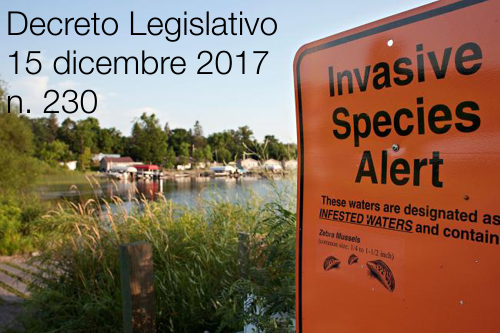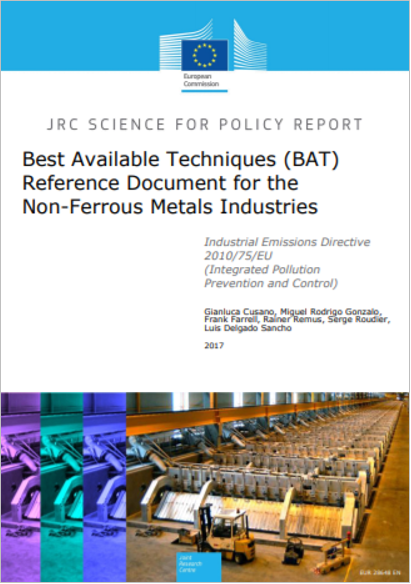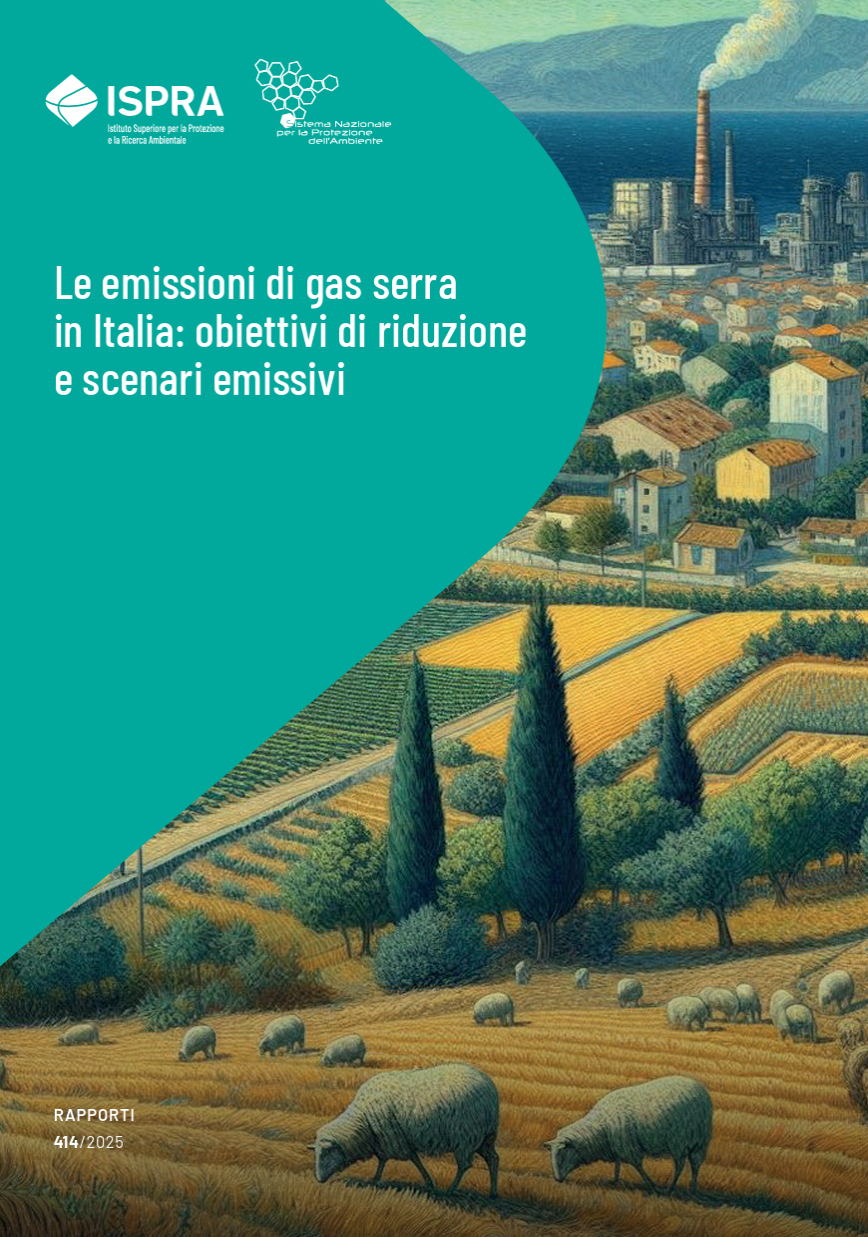Decreto Legislativo 15 dicembre 2017 n. 230

Decreto Legislativo 15 dicembre 2017 n. 230 / Consolidato 2023
Adeguamento della normativa nazionale alle disposizioni del regolamento (UE) n. 1143/2014 del Parlamento europeo e del Consiglio del 22 o...

Directive 2010/75/EU (Integrated Pollution Prevention and Control)
The BAT reference document (BREF) entitled 'Non-Ferrous Metals Industries' forms part of a series presenting the results of an exchange of information between EU Member States, the industries concerned, non-governmental organisations promoting environmental protection, and the Commission, to draw up, review and, where necessary, update BAT reference documents as required by Article 13(1) of the Directive 2010/75/EU on industrial emissions.
This document is published by the European Commission pursuant to Article 13(6) of the Directive. This BREF for 'Non-Ferrous Metals Industries' concerns the activities specified in Sections 2 and 6.8 of Annex I to Directive 2010/75/EU, namely:
- 2.1: Metal ore (including sulphide ore) roasting or sintering;
- 2.5: Processing of non-ferrous metals:
(a) production of non-ferrous crude metals from ore, concentrates or secondary raw materials by metallurgical, chemical or electrolytic processes;
(b) melting, including the alloyage, of non-ferrous metals, including recovered products and operation of non-ferrous metal foundries, with a melting capacity exceeding 4 tonnes per day for lead and cadmium or 20 tonnes per day for all other metals;
- 6.8: Production of carbon (hard-burnt coal) or electrographite by means of incineration or graphitisation.
This document also covers:
- the production of zinc oxide from fumes during the production of other metals;
- the production of nickel compounds from liquors during the production of a metal;
- the production of silicon-calcium (CaSi) and silicon (Si) in the same furnace as the production of ferro-silicon;
- the production of aluminium oxide from bauxite prior to the production of primary aluminium, where this is an integral part of the production of the metal;
- the recycling of aluminium salt slag.
Important issues for the implementation of Directive 2010/75/EU in the non-ferrous metals industries are the emissions to air of dust, metals, organic compounds (which can result in the formation of PCDD/F) and sulphur dioxide; diffuse air emissions; emissions to water of metals (e.g. Hg, Cd, Cu, Pb, Zn); resource efficiency; and the prevention of emissions to soil and groundwater.
This BREF contains 12 chapters.
Chapters 1 and 2 provide general information on the non-ferrous metals industry and on the common industrial processes and techniques used within the whole sector.
Chapters 3, 4, 5, 6, 7, 8, 9 and 10 correspond to the following specific production sectors: copper, aluminium, lead and/or tin, zinc and/or cadmium, precious metals, ferro-alloys, nickel and/or cobalt, and carbon and graphite. For each specific production sector, these eight chapters provide information and data concerning the applied processes and techniques; the environmental performance of installations in terms of current emissions, consumption of raw materials, water and energy, and generation of waste; the techniques to prevent or, where this is not practicable, to reduce the environmental impact of operating installations in these sectors that were considered in determining the BAT; and the emerging techniques as defined in Article 3(14) of the Directive.
Chapter 11 presents the BAT conclusions as defined in Article 3(12) of the Directive. Chapter 12 is dedicated to concluding remarks and recommendations for future work.
JRC 2017
add more in attachment
Collegati

Adeguamento della normativa nazionale alle disposizioni del regolamento (UE) n. 1143/2014 del Parlamento europeo e del Consiglio del 22 o...

ID 23940 | 07.05.2025 / In allegato
Il rapporto delinea il quadro emissivo italiano a partire dal 1990 fino a...
Ratifica ed esecuzione dell'Accordo relativo alla protezione dell'ambiente marino e costiero di una zona del Mare Mediterraneo (Accordo RAMOGE), tra Italia, Francia e Princip...
Testata editoriale iscritta al n. 22/2024 del registro periodici della cancelleria del Tribunale di Perugia in data 19.11.2024